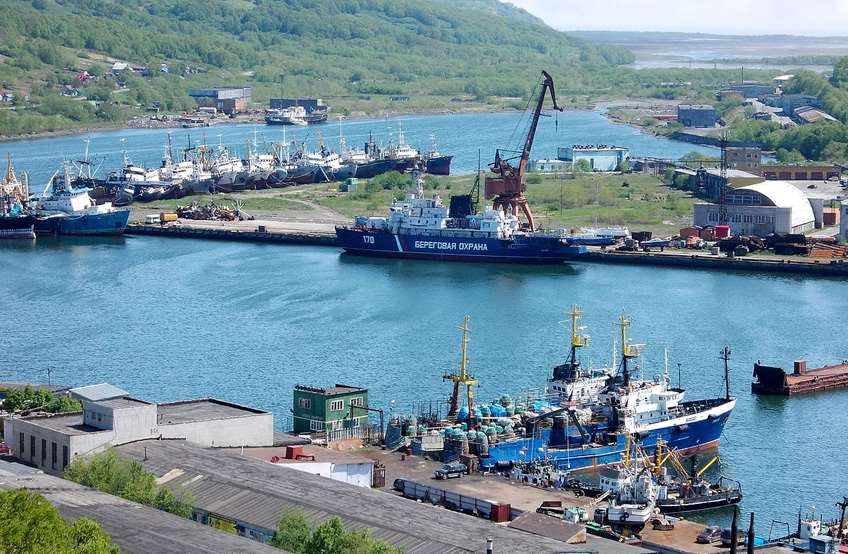The concept for developing the infrastructure of the Northern Sea Route in order to use it for the operation of a container terminal in the seaport of Petropavlovsk-Kamchatsky
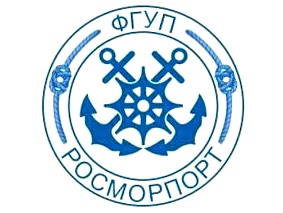
Client: FSUE Rosmorport
Project schedule: 2014
Project objective:
The aim of the work is to determine the parameters for a new Arctic container line from Murmansk to Petropavlovsk-Kamchatsky, as part of an integrated container delivery corridor between Asia and Europe and between Europe and North America, to determine its competitiveness relative to existing transportation routes, and to draw up recommendations for the implementation of the project.
Project breakdown:
- Assessment of the need for infrastructure development for the creation of an Arctic container route, including the construction of sea terminals, vessel fleet, and the provision of icebreaker assistance.
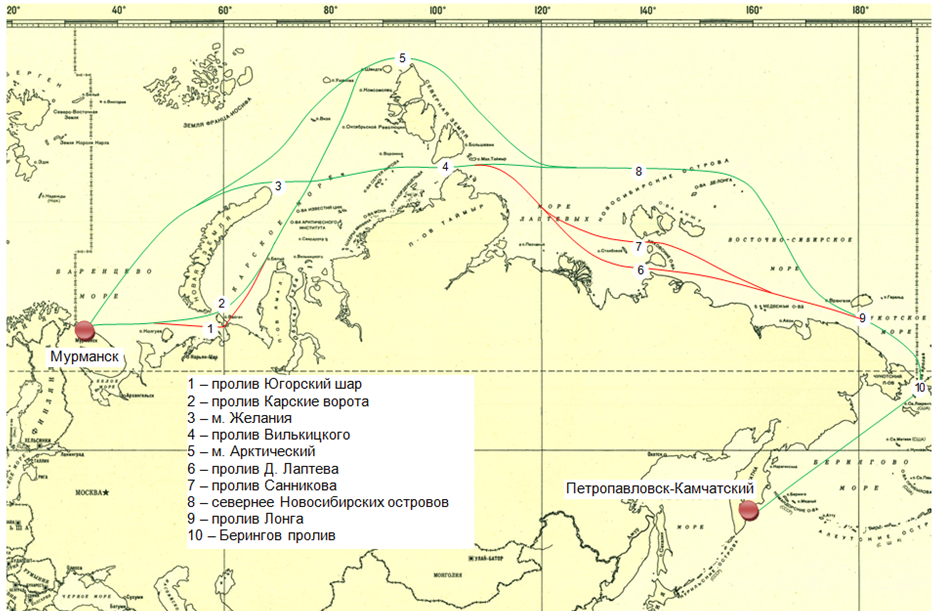
- Concept development for a container terminal in the city of Petropavlovsk-Kamchatsky, on the territory of the JSC Petropavlovsk Shipyard in the region of Zavodskaya Bay, including terminal layout, composition of operational and auxiliary facilities, power supply facilities for the terminal, security systems, and the technological container handling process. The composition of the port vessels for servicing the shipping to be handled at the terminal has also been determined, along with the construction cost for the terminal.
- Capacity simulation modeling for the automated container terminal. Development of a simulation model for the operation of the sea loading front and container storage area, taking into account different types of vessels and containers, seasonal cargo flow variation, average container idle time, docking crane productivity, and expectations in terms of permissible vessels. Forecasting based on a simulation model of the throughput of the sea loading front and container storage area, and determination of the limiting factor for container throughput.
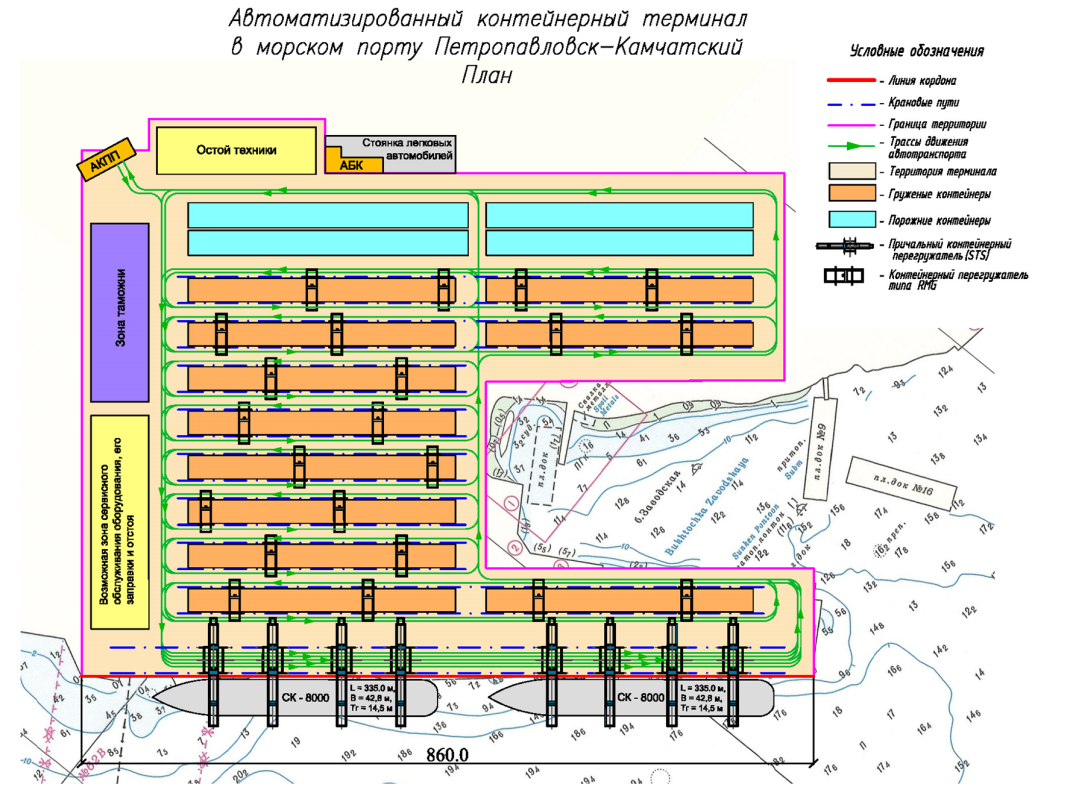
- Transport cost calculation depending on vessel size, the cost and types of icebreaker assistance, vessel docking frequency, vessel load level, cargo traffic volume, vessel cost, bunkering cost, and other factors.Cost comparison of transportation along the Northern Sea Route against traditional routes.
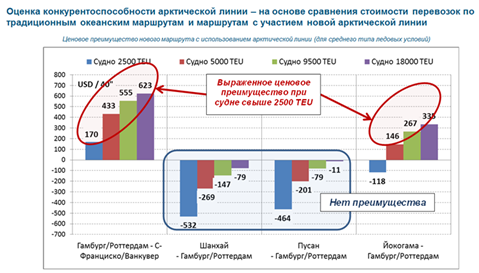
- Modeling of the optimal line parameters and determining the conditions necessary for project implementation. Cost optimization proposals and measures to improve the competitiveness of the route.
- Determination of the demand for a transport and icebreaker fleet for the successful implementation of the project.
Result:
The routes along which transportation using the Northern Sea Route have a competitive advantage have been determined, together with the optimal characteristics for the container line, as well as the necessary conditions for implementing the project and the risks associated with it.









